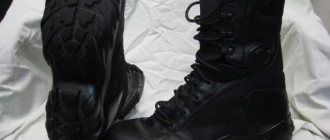Berts are boots with laces, which are an element of army equipment. The main difference between ankle boots and boots is that the galenostop, when worn, remains movable and at the same time fixed, thereby reducing the risk of tendon stretching. There is a deep tread on the sole, as well as a high top that covers the ankle, protecting the legs from dislocations and various bruises. The ankle boots their name precisely from the fact that they protect the tibia on the legs.
However, ankle boots are not only military footwear. These are also boots that are widely used by the civilian population. The history of the origin of these shoes dates back to the Second World War, when shoes for paratroopers, or more precisely for paratroopers. Lace-up high boots are excellent protection against injury during the landing process.
Berts have good consumer qualities, and therefore are indispensable for fans of extreme sports and tourists. It should be noted that it is very convenient to play paintball , since such shoes with particular reliability protect a person’s ankles from impacts from stones and other things. In addition, such army shoes are popular among metalheads, goths and skinheads.
Do you need to buy military or casual combat boots? What is the difference?
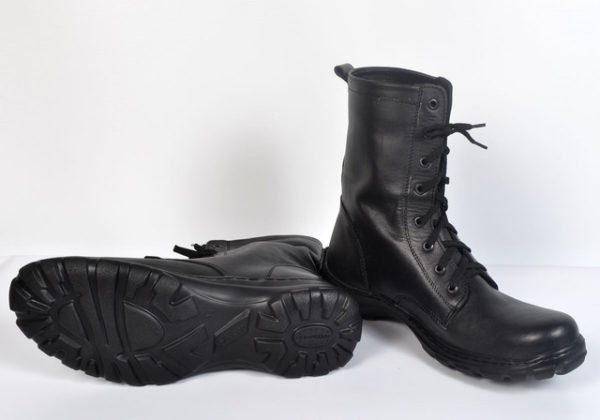
The first thing you need to do is determine why you need ankle boots . Are you a military man and boots for your service? Or want to buy tactical shoes for playing paintball? Or maybe you are purchasing comfortable boots for hiking or hiking? Different models will suit your specific purpose.
Therefore, determine a list of properties and advantages that boots :
- waterproof : do you need waterproof boots :
- high or small ankle: will you need protection from falling stones, branches and generally from damage to the lower leg, dislocations;
- oil and petrol resistance: will you be on a slippery surface;
- insulation: will you spend a long time in the cold;
- season: you need winter , summer or demi-season ankle boots.
These are the main parameters that you should determine when choosing boots. ankle boots are footwear that will be used for different purposes. They differ in both cost and quality.
How to choose the right ankle boots?
In NATO countries there is the concept of tactical or combat boots, and in Russian all shoes with fairly high tops are called berets. legalized standard for ankle boots in the North Atlantic Alliance, which all manufacturers are equal to, but there are certain rules that conscientious companies do not violate.
Upper material
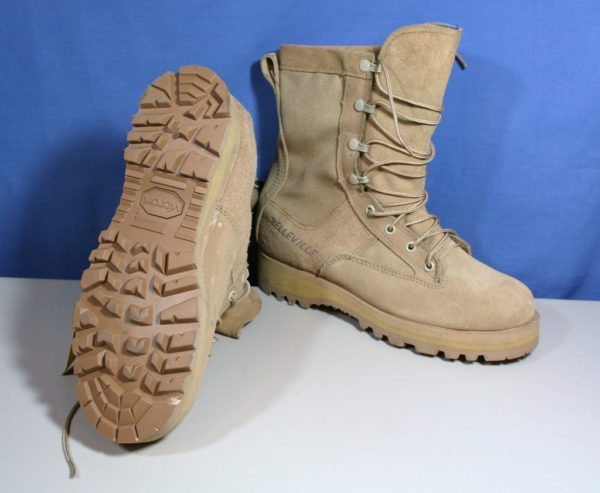
Real ankle boots can be considered boots that are made of genuine leather (suede, nubuck), nylon cordura or cotton in various combinations. No leather substitutes can be used. Nubuck , which is made from cattle hides, undergoes a special abrasive treatment and looks like suede. To improve its hydrophobic characteristics, it is often treated with oil-containing substances and labeled “nubuck oil”. It usually costs more than regular leather .
Lining
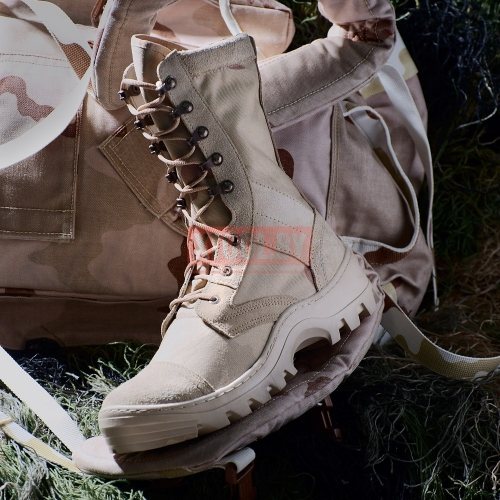
In summer, lightweight models, the lining may be completely absent. If there is one, it is usually a porous three-dimensional mesh that may contain various membrane materials . For example, Coolmax ®, a 100% polyester-based fabric that intensively removes excess moisture vapor from the foot, protecting the foot from overheating. If the membrane is declared as Coolmax ® freshFX ®, this means that the polyester threads contain active silver ions. Possessing a lifelong antibacterial effect, they prevent the development of fungal infections and putrefactive bacteria.
Membranes can also be completely waterproof. These are fabrics like Gore-tex or its analogues (Dryshield, QB Tex, SympaTex). The difference between 2- and 3-layer membranes is that 2-layer membranes are rolled only onto the outer fabric, while 3-layer membranes are rolled between the outer fabric and the lining. In any case, ankle boots with thermal socks , which significantly improves the microclimate of the shoes.
2-zone lacing is required
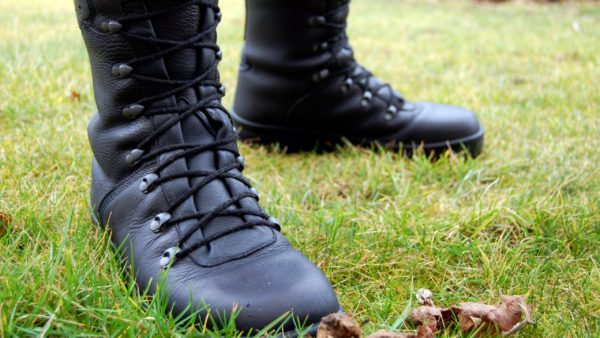
Only it allows you to reliably fix and support the ankle joint on the most problematic surfaces. Zippers, buttons and other types of fasteners can only be present as elements that speed up putting on shoes.
The tongue of the ankle boots must necessarily be so-called “soldered”, i.e. the tongue is integral with the ankle boots. This factor is important, since the ingress of water into the boots is minimized, and the foot will remain dry.
Insulation materials
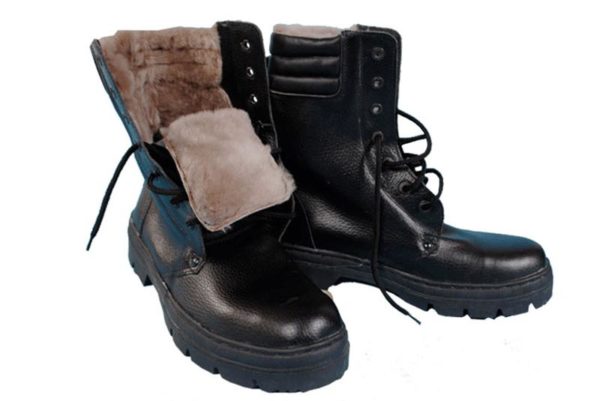
Can be made from natural or faux fur. Modern insulation of the Thinsulate or Holofiber class warms better, they are durable and lightweight, but will cost more.
Sole
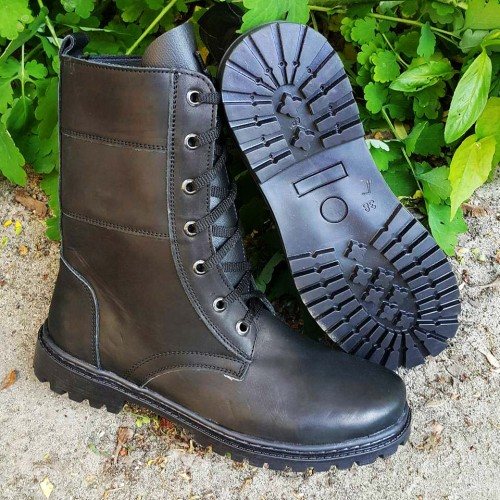
Most often made from vulcanized rubber or artificial rubber. Polyurethane models are allowed. How to choose ankle boots for a hike? Mandatory taking into account the expected category of complexity, which is determined by the characteristics of the soil. The harder the expected operating surfaces (rocky soil, for example), the harder the sole should be.
Berts, waders and rubber boots or trekking boots?

In this article I will write long and tediously about why I don’t use ankle boots and rubber boots. I know it’s funny, but the topic has been plagued by numerous questions.
I'll start with the ankle boots. Berts are military boots that are used almost everywhere in world military practice. Most tourists start with them, and some of them never get off, and sometimes even seem to sleep in them, although it’s possible that the boots have simply grown in or removing them is life-threatening.
Almost everywhere, berets look the same - they are high leather lace-up boots. The advantage of ankle boots over trekking shoes (this means running shoes, not boots for mountaineering) or vice versa is the subject of numerous holivars. I won’t repeat the essence of holivars, I’ll just say why I personally don’t use ankle boots. It sounds like nonsense, but I’ll write this for those sufferers who ask me in private if it’s possible to go to the mountains in ankle boots. I promise to write with all seriousness.
- Boots cannot be used with cats. More precisely, if you put a cat next to them and stroke them, then such use is possible, but only that. Otherwise, no way. The reason is in the sole - boots have a short metal instep support that quickly breaks under load, and trekking shoes have a rigid insert over the entire sole. Only certain models of boots, mostly foreign, have the appropriate Vibram sole and can be used with soft crampons, but only on gentle climbs, since on steeper climbs, when you have to use the front teeth, there is not enough rigidity of the boot itself and ankle support, i.e. ., traumatic. On the one hand, soft crampons do not seem to imply feats, on the other hand, on the route you still often use your front teeth if you plan to use crampons. Also, without a Vibram sole with a rigid insert, jumping with a load on rocks, to put it mildly, is traumatic for the foot, since the mechanical protection from below is minimal.
- Berts don't like snow. There are two points here. The first is thermal insulation from the ground. The Vibram sole works great in this regard, to the maximum, but in ankle boots it is much easier to get cold feet. The second point is that to prevent the boots from getting wet from the snow, they need to be constantly treated with something water-repellent. On the one hand, I understand that not all mountains have snow in the summer, but on the other hand, I either don’t go to such mountains in the summer, or I rarely go there.
- During operation, the last of the ankle boots fluctuates greatly depending on how dry, damp, frozen the boot is and, in my opinion, even depends on the mood of the leader. The pace slows down, calluses appear and the like. In warm and dry regions there are no complaints, but I have no luck with such things. And yes, if the boots are wet and frost hits at night, you won’t be able to wear them until you warm them up over a fire. In trekking boots, it makes absolutely no difference to the paw what form they are in - the difference in size in any condition is minimal.
- Trekking boots and ankle boots are very different in design, but the main thing that distinguishes them is the design of the internal “toe”. In trekking, it is made separately and with a soft but durable stocking, as a result of which we have much less calluses (I admit that the hooves of some tourists are not afraid of such little things), as well as complete independence from the condition of the outer boot. It can fall apart and be rewound with tape and a piece of main rope, but the paw inside will still be as comfortable as in slippers at home.
- The stiffness of the ankle boots is not enough for maximum ankle protection. In principle, many people told me that they have a good, powerful ankle that they don’t need to “hold”, even despite the heavy backpack. I agree that my ankle is probably not as long as an athlete's ankle and therefore prefer firmer support.





